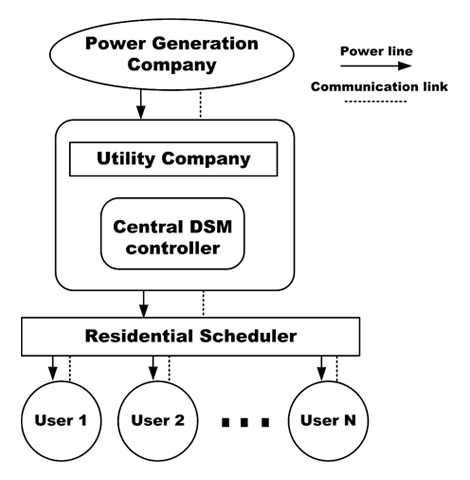 Nowadays, the energy demand of the present electrical power industry is increasing exponentially, and most of the electricity production depends on fossil fuel resources. A research paper titled “Dynamic Economic and Emission Dispatch with Renewable Energy Integration Under Uncertainties and Demand Side Management”, published by Dr B Lokeshgupta, Assistant Professor, Department of Electrical and Electronics Engineering, SRM University-AP, Andhra Pradesh, answers some of the pertinent questions regarding reducing the environmental pollution level.
Nowadays, the energy demand of the present electrical power industry is increasing exponentially, and most of the electricity production depends on fossil fuel resources. A research paper titled “Dynamic Economic and Emission Dispatch with Renewable Energy Integration Under Uncertainties and Demand Side Management”, published by Dr B Lokeshgupta, Assistant Professor, Department of Electrical and Electronics Engineering, SRM University-AP, Andhra Pradesh, answers some of the pertinent questions regarding reducing the environmental pollution level.
Integration of renewable energy resources (RERs) along with demand-side management (DSM) is almost inevitable in the present scenario to meet the growing energy demand with minimum environmental pollution. This work proposes a combined model of dynamic economic and emission dispatch (DEED) and DSM to integrate renewable energy resources (RERs). In this analysis, the DSM load-shifting scheme is incorporated with the DEED problem to obtain the generation side operational benefits as well as the reduction in environmental pollution level. In this study, various smart home appliances and their complex constraints are included in the DSM load shifting process. The variability and stochastic nature of the load demand and RERs such as solar, wind are modelled with Normal, Beta, and Weibull distribution functions, respectively. The proposed model is implemented in both deterministic and stochastic approaches with the help of the non-dominated sorting genetic algorithm (NSGA-II) and the Monte Carlo Simulation (MCS) approach. In the stochastic model, the MCS approach appropriately handles the uncertainties of system load demand and RERs. Four different case studies are carried out in the simulation analysis to show the impacts of RERs and DSM integration on the traditional DEED problem.
Meeting the excessive energy demand with the minimum environmental pollution is a challenging task. The integration of RERs such as wind and solar into the grid is one of the superior solutions for this issue. However, the variability and uncertainty of the RERs bring challenges to the power system operation. Energy management schemes such as demand-side management (DSM) methods can help the power industry address the challenges of RERs integration. That is why the combination of renewable energy integration and DSM is one of the key solutions in the smart grid environment to meet the increased energy demand with the lowest possible energy cost and minimum pollution level. The RERs and DSM combination gives several financial, environmental, and technical benefits to the power industry along with a better system operation.
The dynamic economic and emission dispatch (DEED) is one of the widely adopted tools in the operation and planning of power systems. Both DEED and DSM are the essential tools in the smart grid environment for efficient energy management with the concern of economic and environmental aspects. The DEED’s primary task is to obtain the optimal scheduling of generators with minimum cost and emission for the given load demand. At the same time, the DSM’s primary goal is to improve the optimal values of system objective functions by shifting or managing the controllable loads of consumers. This work introduces a combined stochastic optimisation model of DEED and DSM scheme with the integration of solar and wind energy to show how DSM and RERs bring benefits to a generation company, and also to get better optimal operation cost and emission values simultaneously. The DSM load-shifting scheme is implemented in this study with the help of 10,000 active residential consumers. The effectiveness of the proposed combined model has been tested on a system of six thermal generating units, one wind-powered generator, and one solar-powered generator. The MCS approach and NSGA-II method are used in this paper to solve the proposed stochastic combined DEED and DSM optimisation model.
From the overall analysis, it is recognized that the implementation of the DSM load-shifting scheme along with RERs integration is essential for future smart grids to improve the financial savings of generation companies as well as to reduce the environmental pollution level. The paper is written in collaboration with Dr S Sivasubramani, Associate Professor, Department of Electrical Engineering, Indian Institute of Technology, Patna.
In future, the proposed DSM optimisation can be extended with the inclusion of a neighbourhood power-sharing model in the environment of multiple smart home consumers and prosumers. The proposed DSM model can also be integrated with the distribution network planning and operation problems to enhance the financial and technical benefits of distribution companies.

